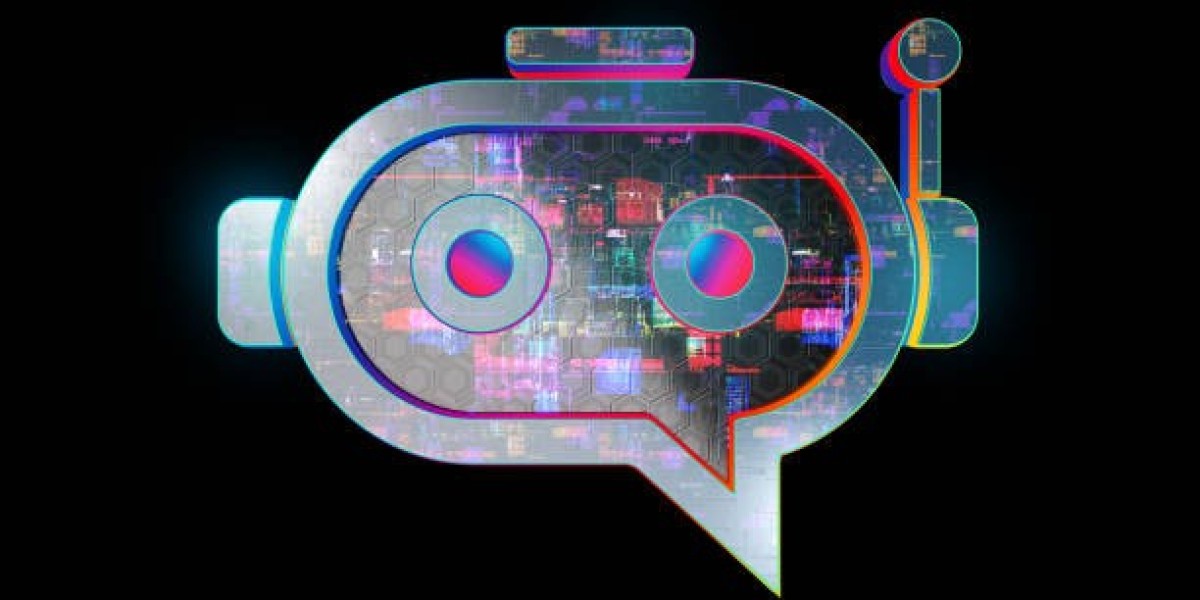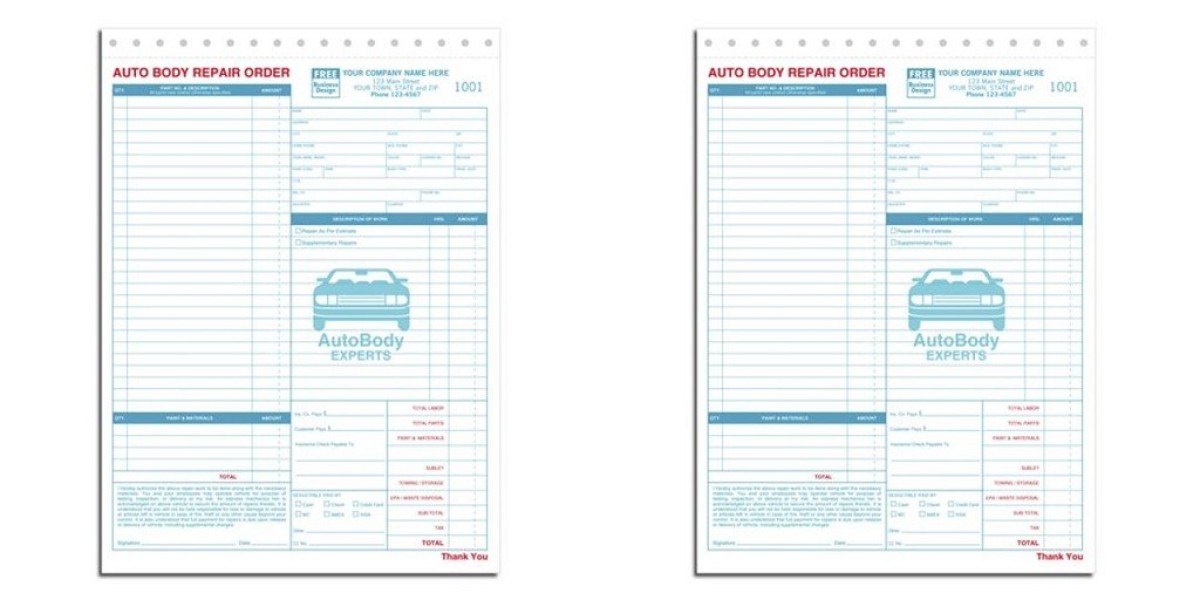Custom chatbots have become invaluable tools for businesses seeking to enhance user experiences and streamline operations. These AI-driven conversational agents can be tailored to meet specific business needs, but their development isn't without challenges. In this article, we'll explore the best practices for custom chatbot development and identify common pitfalls to avoid.
Best Practices for Custom Chatbot Development
Clear Objectives and Use Cases: Begin by defining clear objectives and identifying specific use cases for your custom chatbot. Whether it's improving customer support, increasing sales, or streamlining internal processes, a well-defined purpose will guide the chatbot's development and ensure it aligns with your business goals.
User-Centered Design: Prioritize user experience (UX) throughout the development process. Understand your target audience, their preferences, and pain points. Design the chatbot's conversational flow to be intuitive and user-friendly. User testing and feedback are essential to refine the design.
Natural Language Processing (NLP): Invest in robust NLP technology to enable your chatbot to understand and generate human-like language. This allows for more natural and effective conversations. Consider using pre-built NLP libraries or APIs to accelerate development.
Data Integration: Ensure seamless integration with your existing systems and databases. This enables the chatbot to access real-time information, provide personalized responses, and facilitate transactions. APIs and webhooks are valuable tools for data connectivity.
Security and Privacy: Implement robust security measures to protect user data and maintain privacy. Encrypt sensitive information, use secure channels for communication, and comply with data protection regulations, such as GDPR or CCPA.
Scalability: Build your chatbot with scalability in mind. As user demand grows, the chatbot should be able to handle increased traffic and interactions without a significant drop in performance. Cloud-based solutions are often ideal for scalability.
Continuous Learning and Improvement: Incorporate machine learning and analytics into your chatbot to enable continuous learning. Analyze user interactions and feedback to identify areas for improvement and fine-tune the chatbot's responses over time.
Common Pitfalls to Avoid
Overcomplexity: Avoid making your chatbot overly complex. Complex conversational flows and excessive features can confuse users and lead to frustration. Keep the design simple and focused on solving specific problems.
Lack of Training Data: Inadequate training data can result in a chatbot that fails to understand user queries or provides incorrect responses. Ensure your chatbot has access to a diverse and substantial dataset to improve its accuracy.
Ignoring Multichannel Compatibility: Don't limit your chatbot to a single platform or channel. Consider developing for multiple platforms, such as websites, messaging apps, and voice assistants, to reach a broader audience.
Insufficient Testing: Rushing the testing phase can lead to overlooked issues and bugs. Thoroughly test the chatbot in different scenarios and with real users to identify and address any issues before deployment.
Neglecting Human Oversight: While chatbots can handle many tasks autonomously, they should not operate without human oversight. Establish mechanisms for human intervention when the chatbot encounters complex or sensitive issues.
Inadequate User Feedback Integration: Failing to gather and analyze user feedback can hinder improvement efforts. Implement mechanisms for users to provide feedback and regularly review this input to make informed updates.
Ignoring Ethical Considerations: Chatbots should adhere to ethical guidelines. Avoid engaging in deceptive or harmful practices, and ensure transparency about the chatbot's capabilities and limitations.
Conclusion
Custom chatbot development offers numerous benefits to businesses, including enhanced user experiences, improved efficiency, and increased customer engagement. However, it's crucial to follow best practices and avoid common pitfalls to maximize the chatbot's effectiveness and avoid potential setbacks.
By setting clear objectives, prioritizing user-centered design, leveraging NLP technology, ensuring data integration, maintaining security and privacy, planning for scalability, and enabling continuous learning, you can create a custom chatbot that delivers significant value to your organization.
Additionally, vigilance against overcomplexity, lack of training data, multichannel neglect, insufficient testing, neglecting human oversight, inadequate user feedback integration, and ethical considerations will help you navigate the development process successfully.
In a rapidly evolving digital landscape, a well-designed and thoughtfully developed custom chatbot can serve as a competitive advantage, driving customer satisfaction and business growth.
 " class="wow_main_float_head_img">
" class="wow_main_float_head_img">






